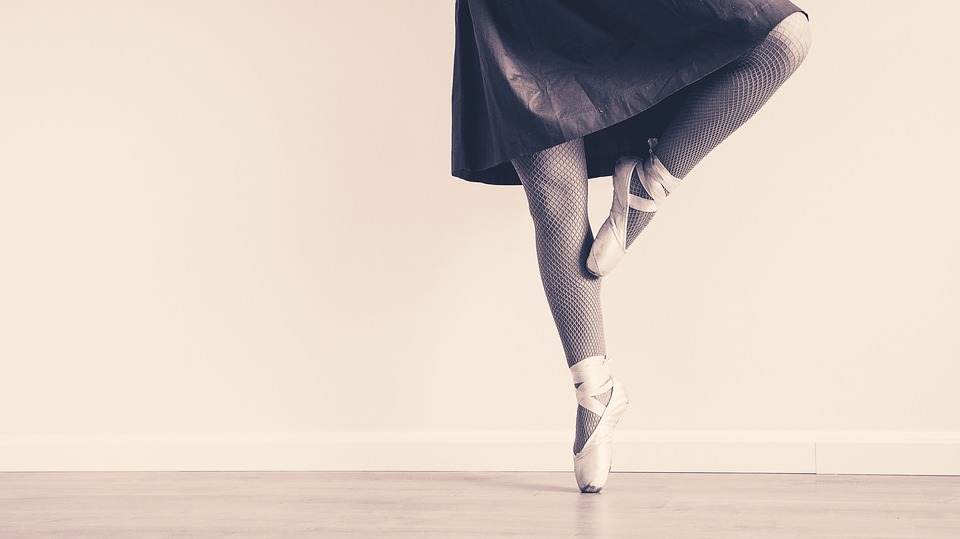Pirouettes are one of those things in ballet that take endless practice, and there are no shortcuts when it comes to how to pirouette in ballet.
ballet.
Here are some tips and tricks to improve your pirouettes
How To Pirouette In Ballet Tips and Tricks From the Pros
Learn to turn first – form and technique will come later. Practice the coordination of the spot first and then clean up your position. Turns can be done in many forms – on the spot, from the corner or even along the bar. Learning to turn parallel is always a good idea.
Practice to balance next to the bar. You won’t be able to do multiple turns unless you have perfect balance. Make sure you practice this on a high releve.
Before you start to turn there should be a moment of stillness before a powerful releve with momentum.
Get to the retire position quickly, and get that retire position as high as you can. Above the knee works well if you can. Be definite about the position of your working leg. Get it into position right away and make sure it stays there.
Gradually pull your arms in while turning to get a tight compact position and resist centrifugal force, especially on multiple pirouettes.
When spotting, just let your head go a quarter over your shoulder before whipping it around. Don’t leave your head there too long or it will pull you over backwards.
How to pirouette in ballet should be about holding your turnout – both in the working and the supporting leg.
Keep your weight slightly forward and your chin slightly lifted.
Support your torso with your stomach and back. They should feel strong and engaged.
Think of initiating the turn with your back rather than your arms. Don’t use your arms to hurl yourself around. Hold them neatly in position, as it is tempting to over cross them in front or let the elbows sag.
At the end of your turn, try to sustain your balance for an extra moment at the end of the turn before the working leg moves gracefully to its final position. You can rescue a turn that has gone wrong by finishing with aplomb- an important survival skill when performing.
Know when you need to leave your pirouettes alone. If you are practising lots and feel frustrated and tired and nothing wants to work, rather stop and resume practice the next day.
If you are one of those lucky natural turners, your challenge is to work on form and go from spinning to turning. If turns don’t come naturally, think of getting up on the supporting leg, practise spotting and work on the feeling of turning. Some dancers need to overcome a little fear about spinning and you may need to force yourself through multiple turns. Once you have the multiple turns going, start working for quality over quantity.
Try using a turning board.
If you want to do a double, then try for a triple.
Don’t move your front heel before you start to turn.
Push off with both legs but keep your weight forward.
Releve strongly and quickly. Think of pulling up from the back of your leg right under your buttocks to get on your supporting leg.
Use a good spotting head. Free the head and relax the upper body.
Work hard on your barre and centre work, as this is what gets you strong enough to do multiple turns.
Don’t sacrifice form. There is no point to doing multiple turns without good form, or your audience will just want them to stop.
Repetition will gain you mastery, but not the repetition of your mistakes. Make sure you practice correctly. Practice your turns over and over again, as turns do take a lot of practice.
Success in a turn depends on a strong centre.
Let the music decide when a turn is done. The momentum of the turn will also tell you when to finish.
I trust that these tips on how to pirouette in ballet will help you with your turns.

